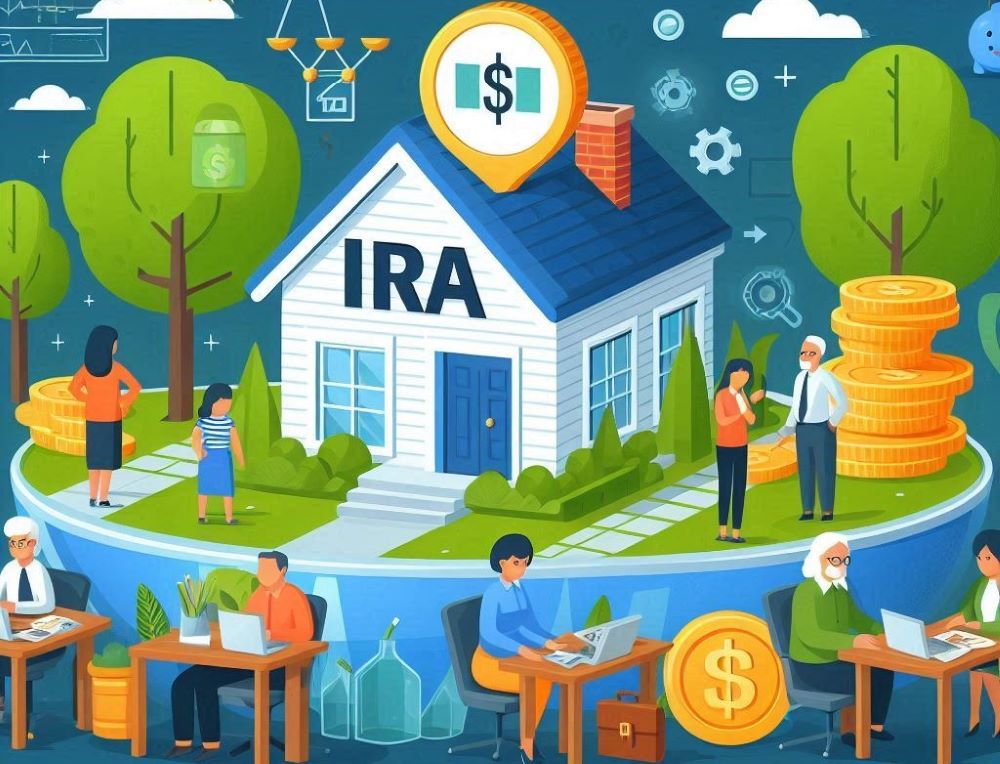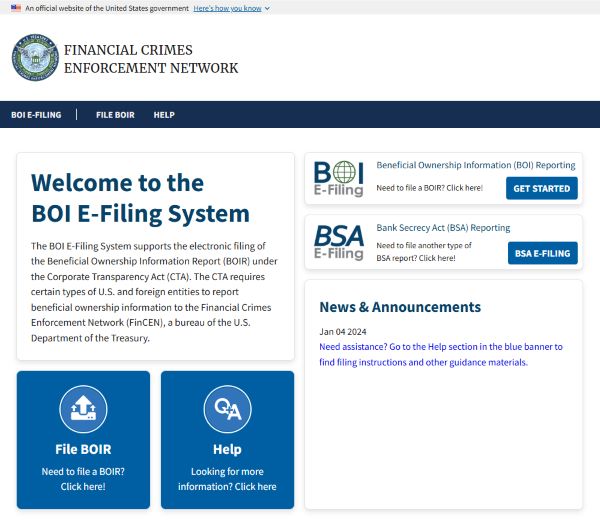What is a SEP IRA?
A SEP IRA (Simplified Employee Pension Plan) is a retirement plan that allows business owners and self-employed individuals to contribute to their own and their employees’ retirement savings.
It’s similar to a traditional IRA, but with higher contribution limits.
SEP IRA Rules
For the tax year 2024, employers can contribute the lesser of 25% of an employee’s annual compensation or $69,000 to a SEP IRA.
The compensation limit for business owners to be allowed to set up a SEP IRA is $345,000 in 2024.
To be eligible for SEP retirement plan, an individual must meet the following criteria:
- The individual must be at least 21 years old.
- The individual must have worked for the employer (or be self-employed) for at least three of the previous five calendar years.
- The individual must have received a minimum of $750 in compensation from the employer during the current year.
Ideal for Family Businesses
SEP IRAs are particularly attractive for family businesses and small businesses with few employees.
They are easy to set up SEP retirement account and administer, and offer flexibility in terms of contribution amounts. This makes them a great choice for businesses with fluctuating profits.
SEP IRA Tax Benefits
Contributions made to SEP IRAs are tax-deductible for employers, reducing their taxable income and potentially lowering their tax liability.
Additionally, the investments within the account grow tax-deferred until withdrawal, allowing for potential compounded growth over time.
- Tax-Deductible Contributions: Contributions made to SEP IRAs are tax-deductible for employers.
This means that the money you contribute to a SEP IRA can be subtracted from your income when calculating your income tax, thereby reducing your taxable income and potentially lowering your tax liability. - Tax-Deferred Growth: The investments within a SEP IRA grow tax-deferred. This means that the earnings (from interest, dividends, or capital gains) on the money in your SEP IRA aren’t taxed until they are withdrawn.
This allows for potential compounded growth over time. - Tax Deduction for Excess Contributions: If the total contributions exceed 25% of all employees’ compensation, the surplus would not be deductible on the business tax return.
- Penalty-Free Withdrawals: Once an individual reaches age 59½, they become eligible to withdraw funds from the SEP-IRA without incurring a tax penalty.
Pros and Cons
SEP IRA Pros:
- High contribution limits compared to traditional IRAs.
- Contributions are tax-deductible for employers.
- Investments grow tax-deferred.
- Easy to set up and administer.
SEP IRA Cons:
- Only employers can contribute.
- Employers must contribute the same percentage of salary for all employees.
- Early withdrawals (before age 59.5) are subject to income tax and a 10% penalty.
Examples
Let’s consider two examples to understand how SEP IRA works:
Example 1:
As small business owner earns $100,000 in 2024. They can contribute up to 25% of their income, i.e., $25,000, to their SEP IRA.
Example 2:
If an employer decides to contribute 10% of their employees’ salaries to their SEP IRAs, they must contribute the same percentage for all eligible employees.
So, if an employee earns $50,000 in 2024, the employer would contribute $5,000 to that employee’s SEP IRA.
How to Open SEP IRA Account
- Choose a Financial Institution: The first step is to choose a financial institution to serve as the trustee of the SEP-IRAs that will hold each employee’s retirement plan assets. You can set up a SEP IRA online.
- Establish Plan Documents: Execute a written agreement to provide benefits to all eligible employees. This can be done by adopting IRS Form 5305-SEP, a SEP prototype, or an individually designed plan document.
- Provide Information to Employees: Give employees certain information about the agreement.
- Set Up an IRA Account for Each Employee: Employees are responsible for establishing their IRA to receive employer contributions. Employees do not make SEP contributions.
- Make Contributions: Only the employer contributes to traditional IRAs (SEP-IRAs) set up for each eligible employee. The employer can decide how much to contribute each year, up to the maximum limit.
For more detail information, check IRS website.
Conclusion
SEP IRA can be a powerful tool for retirement savings, especially for small businesses and self-employed individuals.
However, it’s important to consider the specific needs and circumstances of your business before deciding if a SEP IRA is the right choice for you.
Always consult with a financial advisor or tax professional to make the best decision for your situation.



